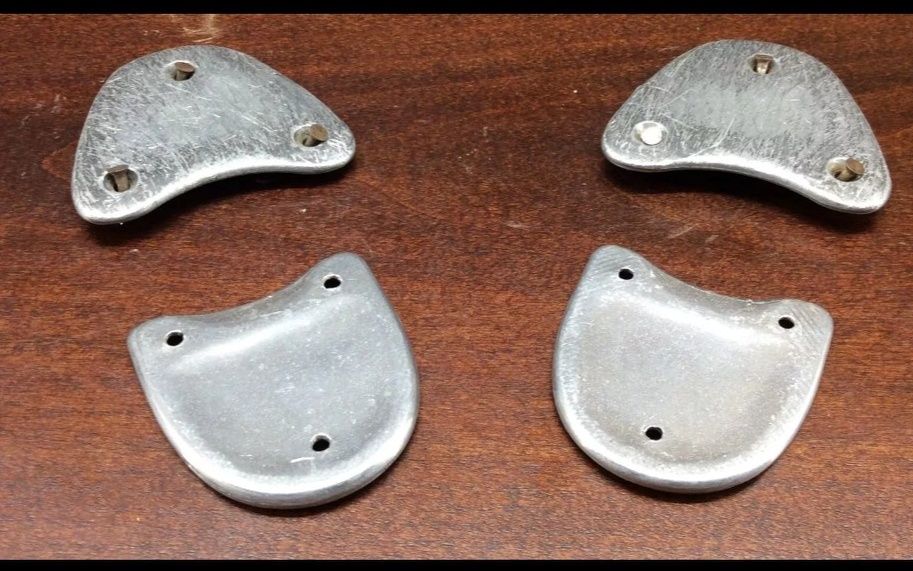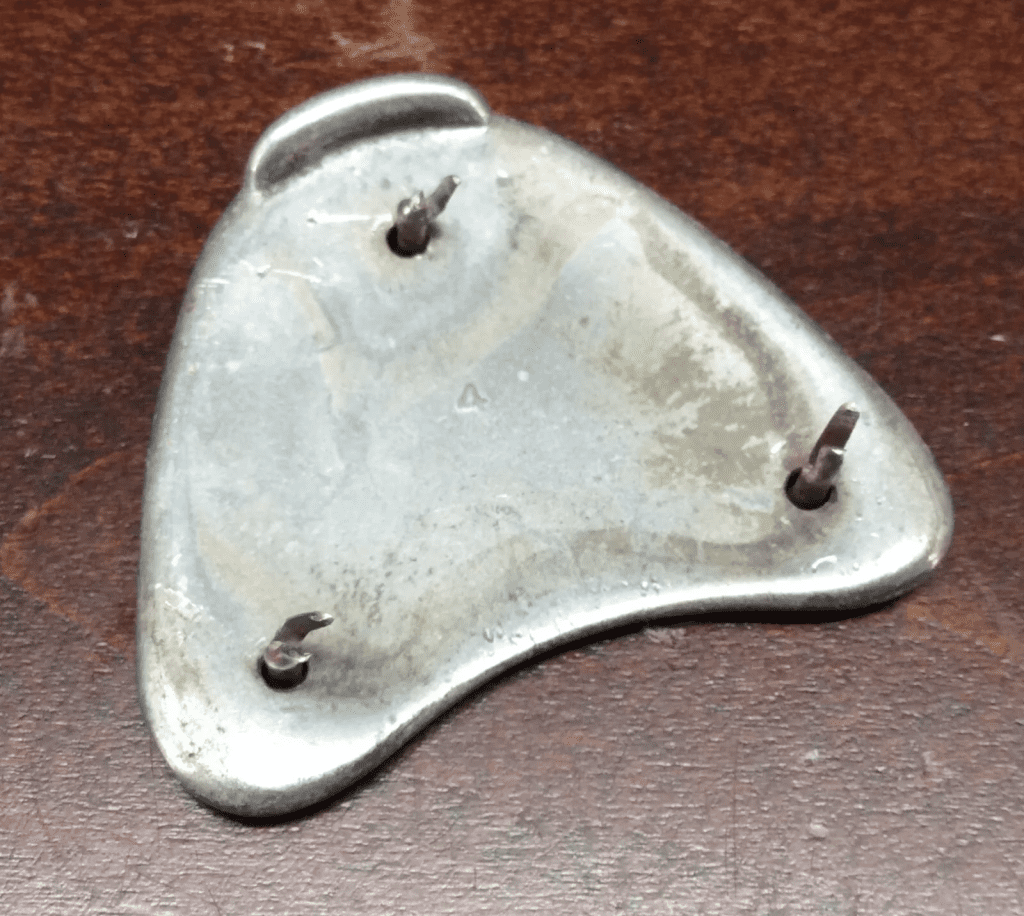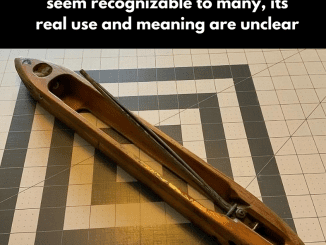Tap dance is a lively, rhythmic form of dance that combines movement and percussion, creating a unique blend of music and dance with each tap of the foot. This beloved art form has a rich history, filled with cultural exchange, innovation, and timeless appeal. Tap shoes, the key instrument in creating its distinctive sound, have evolved along with the dance itself. Let’s explore the origins of tap dance, the influence of tap shoes, and how this dance style has continued to thrive, inspiring generations of dancers worldwide.
The Origins of Tap Dance: A Melting Pot of Cultures

Tap dance has its roots in the United States, where it developed as a cultural melting pot of dance styles from around the world. This art form emerged in the 19th century, combining elements from African and Irish dances, as well as British clogging. African slaves, who were forbidden from using their traditional drums, began using their feet to create rhythms, preserving their cultural heritage and adding their unique rhythmic influence.
During this same period, Irish and English immigrants brought their jigs and reels to America. On Southern plantations, these diverse groups observed each other’s dance styles and rhythms, blending them into a new form that eventually became tap dance. This cross-cultural fusion laid the groundwork for what would later evolve into a quintessentially American art form.
The Rise of Tap Dance in Minstrel Shows and Competitions
In the post-Civil War era, tap dance gained popularity as a form of entertainment in minstrel shows and dance competitions. Minstrel shows, although controversial for their portrayals, provided a platform for dancers to showcase their skills. These shows often included both Black and White dancers who would perform side by side, learning from each other’s styles and techniques.
William Henry Lane, famously known as “Master Juba,” was one of the most influential tap dancers of this time. He was a Black dancer who became popular performing with white minstrel groups, captivating audiences with his fast footwork that blended African rhythms with European styles. Master Juba’s groundbreaking performances set a standard for the generations of tap dancers who would follow in his footsteps.
In these early days, tap shoes didn’t yet exist as we know them. Many dancers performed in soft shoes or wooden clogs, relying on rhythm and syncopated footwork rather than the tapping sounds we associate with tap dance today. Some creative dancers even attached pennies or bits of metal to their shoes to amplify their rhythms, laying the foundation for the tap shoes we know today.
The Introduction of Tap Shoes and the Modernization of Tap Dance
The tap dance we recognize today began to take shape in the 1920s with the introduction of tap shoes. The first tap shoes were created by attaching small pieces of metal to the heels and toes of leather dance shoes, allowing dancers to create louder, crisper sounds. These metal plates, or “taps,” allowed performers to experiment with a new range of rhythmic possibilities, captivating audiences with the clear beats and syncopated rhythms produced by their feet.
The popularity of tap dancing soared in the 1920s and 30s, especially in vaudeville shows where tap became a central attraction. Tap dancing moved from individual performances to choreographed group routines, with dancers in chorus lines performing synchronized steps that showcased their rhythm and style. The louder, more defined sounds made possible by tap shoes allowed tap dance to become a fully-fledged musical experience, with each tap creating a beat that complemented the performance.
Tap Dance and Jazz: A Perfect Partnership

Tap dancing and jazz music emerged around the same time and naturally found a partnership that elevated both art forms. Jazz, with its emphasis on rhythm and improvisation, was a perfect match for tap dancing, which also relied on rhythmic beats and spontaneous movement. Tap dancers would often perform alongside jazz musicians, adding their percussive footwork as an extra layer of rhythm to the music.
In jazz clubs, theaters, and major venues across the country, tap dancers and jazz musicians performed side by side, creating a vibrant, energetic atmosphere that captured the spirit of the era. This collaboration brought tap dancing to a new level of popularity, as audiences were drawn to the dynamic fusion of dance and music. Many tap dancers also embraced improvisation, matching the unpredictability of jazz with their own spontaneous rhythms.
Tap Dance on Broadway and in Film: The Golden Era
The popularity of tap dance soon spread from jazz clubs to the big stages of Broadway and the silver screens of Hollywood. Iconic dancers like Fred Astaire and Bill “Bojangles” Robinson helped bring tap to mainstream audiences, with Astaire’s elegance and Robinson’s light, smooth style defining a new standard in tap performance.
Astaire combined ballroom dance with tap, creating a refined style that showcased grace and sophistication, while Robinson’s innovative “Stair Dance” became legendary. In this routine, Robinson tapped his way up and down a flight of stairs, demonstrating impressive control and rhythm that left audiences in awe. Shirley Temple, the child star, joined Robinson in several memorable performances, and together, they helped popularize tap dance across generations.

During the 1930s, 40s, and 50s, nearly every major theatrical production and movie musical featured a tap dance sequence. Tap was no longer just a form of dance; it became an essential part of storytelling, with each step and rhythm conveying emotion and driving the plot. Tap dancers used costumes, props, and intricate footwork to enhance their performances, captivating audiences on Broadway, in movies, and on early television variety shows.
The Decline of Tap and Its Resurgence
Despite its popularity, tap dance began to lose its footing in the 1950s and 60s. As rock and roll gained popularity and musicals shifted away from tap, the style started to fade from mainstream culture. Jazz, once tap dance’s musical counterpart, was replaced by rock, and the number of tap dance routines in films and on stage dwindled.
However, tap dance never disappeared entirely. The 1970s saw a revival of interest in tap, thanks in part to dancers like Gregory Hines. Hines brought fresh energy and innovation to tap, blending traditional techniques with contemporary style. His performances, marked by a strong, rhythmic approach, helped to reestablish tap dance as a respected art form.
In the 1980s, shows like 42nd Street and The Tap Dance Kid introduced a new generation to the art of tap. Gregory Hines, along with his protégé Savion Glover, became champions of modern tap, bringing it back to Broadway and film. Glover’s unique “rhythm tap” style focused on the sounds and beats of the dance, turning his feet into instruments and paving the way for a new wave of tap enthusiasts.
Modern Tap Dance: A Fusion of Old and New
Today, tap dance remains a vibrant and evolving art form, embraced by dancers of all ages. Modern tap has split into two main styles: theatrical and rhythm. Theatrical tap, inspired by the classic performances of the 1930s and 40s, focuses on storytelling, expression, and full-body movement. Rhythm tap, pioneered by dancers like Savion Glover, centers on the musicality of the feet, creating intricate sounds and rhythms with minimal upper-body movement.

Contemporary tap dancers have also embraced popular music genres, including hip-hop and pop, to connect with today’s audiences. The versatility of tap dance allows each performer to add their personal touch, blending classic techniques with modern influences to create a unique performance.
Conclusion: The Lasting Impact of Tap Dance and Tap Shoes
Tap dance is more than just a dance style; it’s a cultural legacy that has shaped American entertainment and influenced dance forms worldwide. From its beginnings on Southern plantations to the vaudeville stage, Broadway, and Hollywood, tap has journeyed through history, evolving while staying true to its rhythmic roots.
Tap shoes, with their distinctive taps, are essential instruments that bring this art form to life, transforming each step into a beat that echoes through generations. Today, tap dance continues to captivate audiences, reminding us that rhythm, movement, and innovation are timeless. Whether performed in a theater, a jazz club, or a dance studio, tap dance is here to stay, inspiring dancers and delighting audiences with each syncopated step.


